
OR
Opinion
When Will the Solarpunk Movement Take Root in Parliament?
Published On: July 25, 2023 09:15 AM NPT By: Bimal Pratap Shah

When we tune into the livecast from Nepal's Federal Parliament, it becomes evident that the majority, if not all, of the discussions lack substance and depth. It's disheartening to see how disconnected Members of Parliament often appear, as they engage in debates about history and current affairs while neglecting the urgent need for tangible improvements in the lives of the Nepali people. What's even more concerning is the apparent disregard for the future, as important discussions about necessary preparations for what lies ahead are conspicuously absent. It is crucial that concepts, ideas, plans, and programs that can ignite a transformative shift towards sustainability, renewable energy, and a harmonious coexistence with nature are injected into parliament to shape a brighter future for the new generations. However, to achieve this, parliament must undergo a radical transformation, think outside the box, and wholeheartedly embrace the principles of the Solarpunk movement, which places a high value on environmental consciousness.
Imagine a collision of ideologies where the unyielding spirit of punks intertwines with environmental activism and rationalism. Solarpunk is just that—an all-encompassing movement that spans speculative fiction, art, fashion, and activism, fearlessly envisioning a world where civilization thrives sustainably and eagerly embraces the possibilities that lie ahead. Solarpunk disrupts the traditional notions of optimism, daring to critique the very fabric of the capitalist establishment that underpins our society. Guided by audacious REBELLION against the PRESENT, Solarpunks embark on visionary quests for groundbreaking energy systems, indispensable services, and transformative modes of transportation. They weave together the threads of existing technologies and practices—renewable energy, urban agriculture, and organic design—forging a pathway toward an alternative future. Furthermore, the essence of Solarpunk rides upon a wavering tide, oscillating between the realms of impending apocalypse and shimmering utopia, embracing the tensions that define its captivating vision.
Solarpunk society unfurls a visionary glimpse into a future that harmoniously weaves together sustainable practices, renewable energy, and an idyllic coexistence with the natural world. Emerging from the depths of the science fiction genre, this utopian concept paints a vivid portrait of a world unshackled from the clutches of fossil fuels, triumphantly embracing a profound reliance on clean, renewable energy sources. At its core, Solarpunk champions a paradigm of decentralized energy production, elevating solar and wind power to a pedestal liberating humans from the confines of centralized grids and meticulously curbs our environmental footprint. It also embraces sustainable technologies, flourishing architecture, and regenerative agriculture to nurture self-sufficient communities in harmony with the environment, prioritizing the preservation of our fragile planet.
Also, infused with the captivating aesthetics of Cyberpunk, Solarpunk is a movement that transcends the boundaries of science fiction, seeping into the realms of social activism, engineering marvels, and personal style, all united in the pursuit of a just and sustainable world. Cyberpunk is a dystopian genre that explores a future where advanced technology intertwines with a gritty and often oppressive society, highlighting themes of corporate control, artificial intelligence, and human augmentation. Within the vibrant tapestry of a Solarpunk society, the bonds of community are strengthened, nurturing collaboration and championing social equality. Similar to cyberpunk, Solarpunk envisions a world where technology is harnessed with intention and purpose, yet it distinguishes itself by instilling a touch of utopian vision. It strives to propel groundbreaking advancements in renewable energy storage, transformative transportation systems, and innovative water conservation practices, all fueling the journey towards a brighter and more sustainable future.
Solarpunk also extends its reach far beyond the realm of environmental sustainability, embracing the intricacies of social and cultural dimensions. It champions social justice, inclusivity, and participatory governance, envisioning a society where individuals possess agency and actively shape their communities and the trajectory of their societies. Beyond being a genre and aesthetic, Solarpunk thrives on imaginative narratives that inspire and provoke change, serving as a poignant counterpoint to dystopian futures. It illuminates an alternative path adorned with hope and possibility, urging us to stride purposefully towards a future that embraces environmental consciousness and nurtures a society marked by equity and harmony.
Solarpunk, as a visionary movement, has witnessed the active participation of notable figures who have played crucial roles in its development and popularization. Among them, Missy Sturges, an esteemed science fiction writer and activist, stands as a beacon of inspiration with her Solarpunk stories that advocate for positive change and a commitment to sustainable living.Through her imaginative narratives, Sturgesweaves together the threads of Solarpunk ideals, inviting readers to envision a future where ecological balance and societal harmony prevail, attracting an ever-growing community of people who deeply care about the planet.
Another influential figure, much like Missy Sturges, is Adam Flynn—an urban strategist and co-founder of the Solarpunk collective "Solarpunk Press.” Flynn's expertise lies in exploring the intersection of sustainable design, community development, and renewable energy. He has shaped the discourse surrounding Solarpunk by shedding light on the intricate interplay between urban landscapes and sustainable living. Flynn's vision and insights inspire individuals to reimagine cities as vibrant hubs of sustainability, where decentralized energy production, green infrastructure, and community engagement seamlessly converge. Mayors Balen Shah, Harka Sampang Rai, Gopi Hamal, and Dhana Raj Acharya should become aware of the Solarpunk movement and embrace its philosophies to envision a future where cities undergo radical transformation through the power of technology.
On the other hand, Harka Sampang Rai and Balen Shah's forward-thinking approach suggests that they are already partially aligned with the principles of the solarpunk ethos.Their dedication to create a greener city is evident in their actions. A recent announcement by Mayor Balen Shah highlights the strong commitment of Kathmandu Metropolitan City (KMC) to a cleaner and more sustainable future. The ban on plastic usage and the call for citizens to avoid thin plastic bags demonstrate KMC's dedication to environmental preservation and the promotion of sustainable practices.Additionally, KMC's substantial investments in waste management, river cleaning, and pollution control measures demonstrate their unwavering commitment to building a thriving and eco-friendly metropolis. Additionally, HarkaSampangRai's initiatives in developing drinking water pipelines and implementing extensive tree planting align with the solarpunk ethos of reducing plastic usage and creating a greener environment. These efforts contribute to making Dharan a more environmentally friendly city. The proactive approach of both mayors sets a positive example for environmental stewardship, which is truly commendable.
As Solarpunk continues to flourish and evolve, it has somehow managed to maintain a remarkable shield against significant criticism, owing to its relative newness in the movement landscape.Still, it's important not to overlook the potential areas of critique, as they provide valuable opportunities for growth and development. Feasibility, for instance, will likely be a focal point of inquiry, with questions emerging about the practicality of implementing Solarpunk ideas on a large scale. Challenges related to technology, economics, and logistics will arise as the movement navigates the complexities of transitioning society to rely solely on renewable energy sources and reshape urban infrastructure accordingly.
Furthermore, an excessive emphasis on technology risks overshadowing crucial aspects such as social justice, political reform, and the cultural shifts necessary for lasting change. To truly embrace the vision of Solarpunk, society as a whole must also prioritize the empowerment of marginalized communities by promoting diversity and inclusivity, ensuring that the movement is inclusive and representative of all.For more than five decades, this has been a recurring issue with the political parties of Nepal, as their rhetoric has consistently fallen short of aligning with their actions. The new political parties, however, are yet to be tested. "Mayors of major metropolises are evidently taking the lead in this aspect. Kathmandu, Dharan, Dhangadhdi, and Pokhara exemplify a stronger Solarpunk ethos compared to the federal parliament and government.
The essence of Solarpunk lies in its dynamic nature, which encourages ongoing dialogue that fosters critical engagement, refines ideas, and tests them in the real world. Within this context, the esteemed chambers of the parliament have the potential to serve as a catalyst, igniting debates and providing a platform to engage in meaningful discussions. Such conversations can effectively raise awareness among the masses about this important topic. It is high time for Members of Parliament to update their perspectives and shift their focus towards issues that will truly shape our sustainable future and directly impact citizens' lives within a matter of months, if not days.To accomplish this, drawing inspiration from the progressive mayors of major cities in Nepal becomes crucial.By embracing the ethos of the Solarpunk movement and initiating a dialogue, we can embark on a collective journey towards a sustainable and equitable future for our country, where children are able to breathe fresh air.
You May Like This
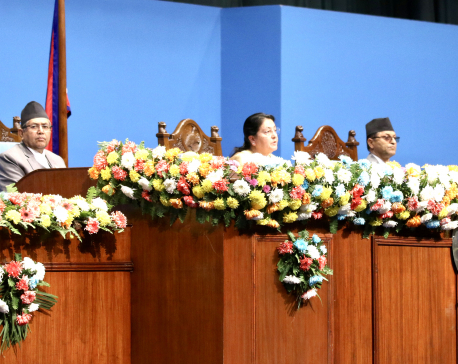
President Bhandari roots for coordinated efforts to boost domestic production
KATHMANDU, Feb 10: President Bidya Devi Bhandari has stressed on the need for the government to implement a coordinated program to... Read More...
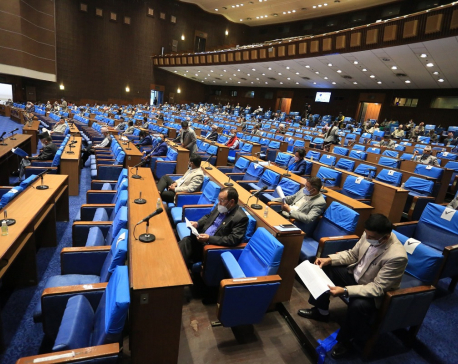
Federal parliament session to begin tomorrow
KATHMANDU, July 16: The fresh session of the Federal Parliament is scheduled to begin on Sunday as per the apex... Read More...
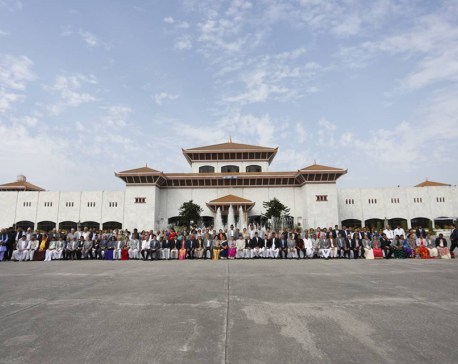
Main opposition NC obstructs House over Banke incident
KATHMANDU, Sept 15: The main opposition party Nepali Congress obstructed house proceedings in the House of Representatives on Sunday protesting... Read More...




Just In
- NEA Provincial Office initiates contract termination process with six companies
- Nepal's ready-made garment exports soar to over 9 billion rupees
- Vote count update: UML candidate continues to maintain lead in Bajhang
- Govt to provide up to Rs 500,000 for building houses affected by natural calamities
- China announces implementation of free visa for Nepali citizens
- NEPSE gains 14.33 points, while daily turnover inclines to Rs 2.68 billion
- Tourists suffer after flight disruption due to adverse weather in Solukhumbu district
- Vote count update: NC maintains lead in Ilam-2








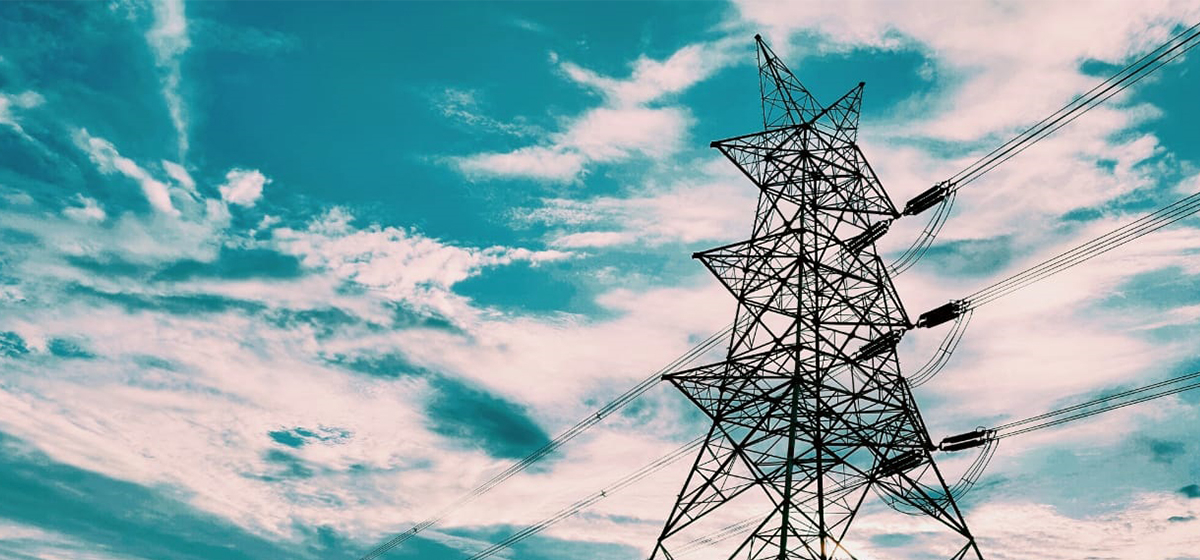




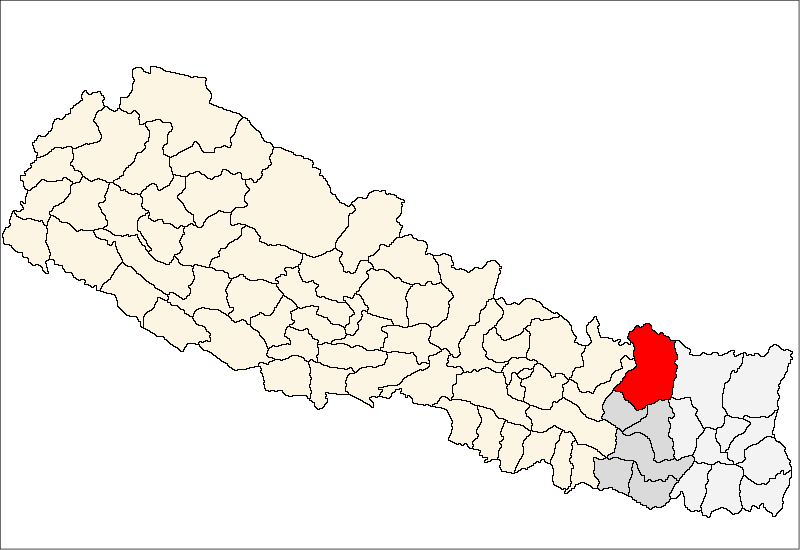
Leave A Comment